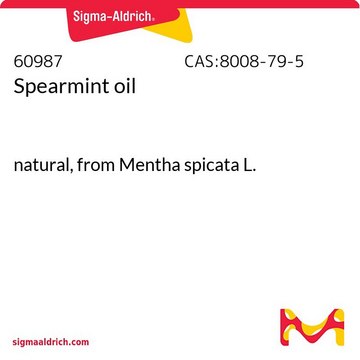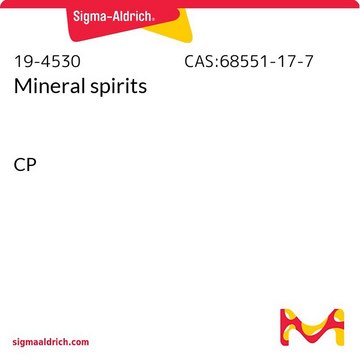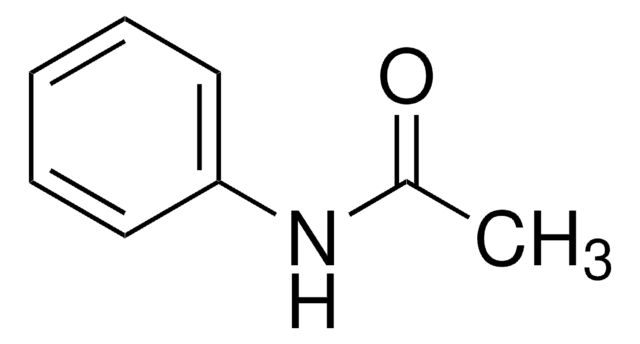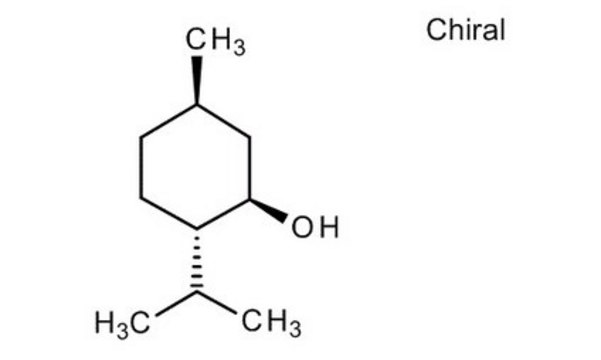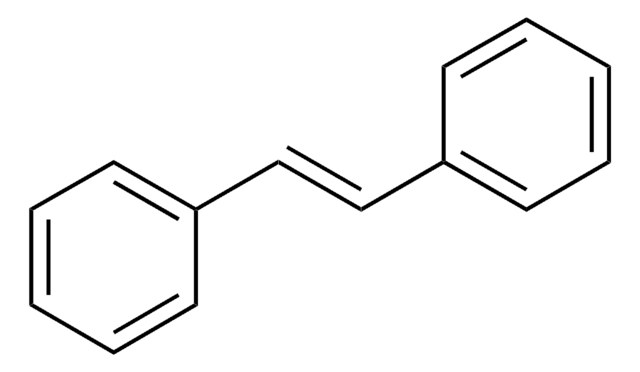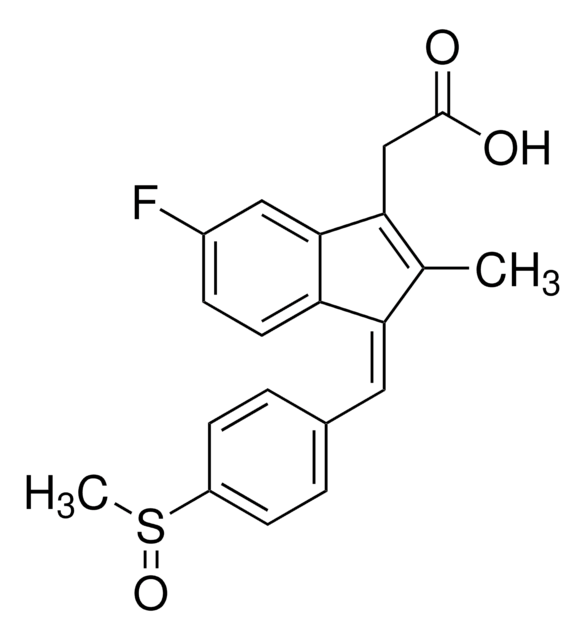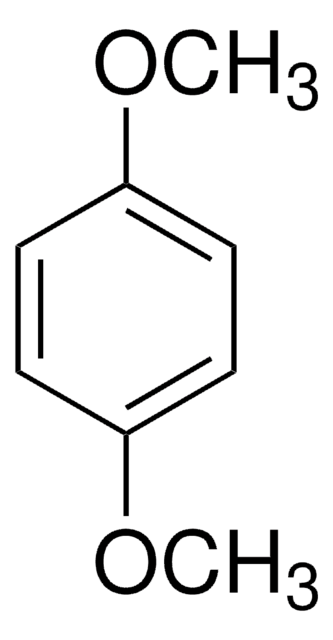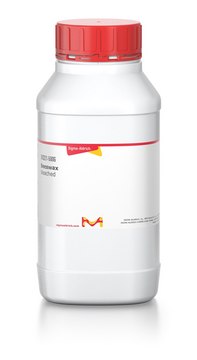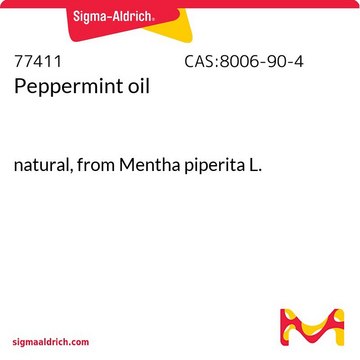30-1650
2,2′-Thiodiethanol
≥99.0%, suitable for amino acid analysis
Synonym(s):
2,2′-Thiobis(ethanol), Bis(2-hydroxyethyl) sulfide, Thiodiethylene glycol, Thiodiglycol
About This Item
Recommended Products
Assay
≥99.0%
form
liquid
availability
available only in Japan
refractive index
n20/D 1.5215 (lit.)
bp
164-166 °C/20 mmHg (lit.)
mp
−16 °C (lit.)
density
1.221 g/mL at 25 °C (lit.)
suitability
suitable for amino acid analysis
SMILES string
OCCSCCO
InChI
1S/C4H10O2S/c5-1-3-7-4-2-6/h5-6H,1-4H2
InChI key
YODZTKMDCQEPHD-UHFFFAOYSA-N
Looking for similar products? Visit Product Comparison Guide
Signal Word
Warning
Hazard Statements
Precautionary Statements
Hazard Classifications
Eye Irrit. 2
Storage Class Code
10 - Combustible liquids
WGK
WGK 1
Flash Point(F)
320.0 °F
Flash Point(C)
160 °C
Regulatory Information
Choose from one of the most recent versions:
Already Own This Product?
Find documentation for the products that you have recently purchased in the Document Library.
Our team of scientists has experience in all areas of research including Life Science, Material Science, Chemical Synthesis, Chromatography, Analytical and many others.
Contact Technical Service